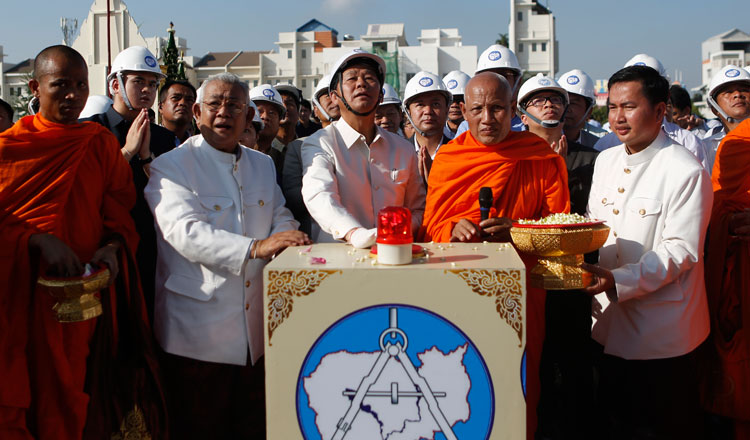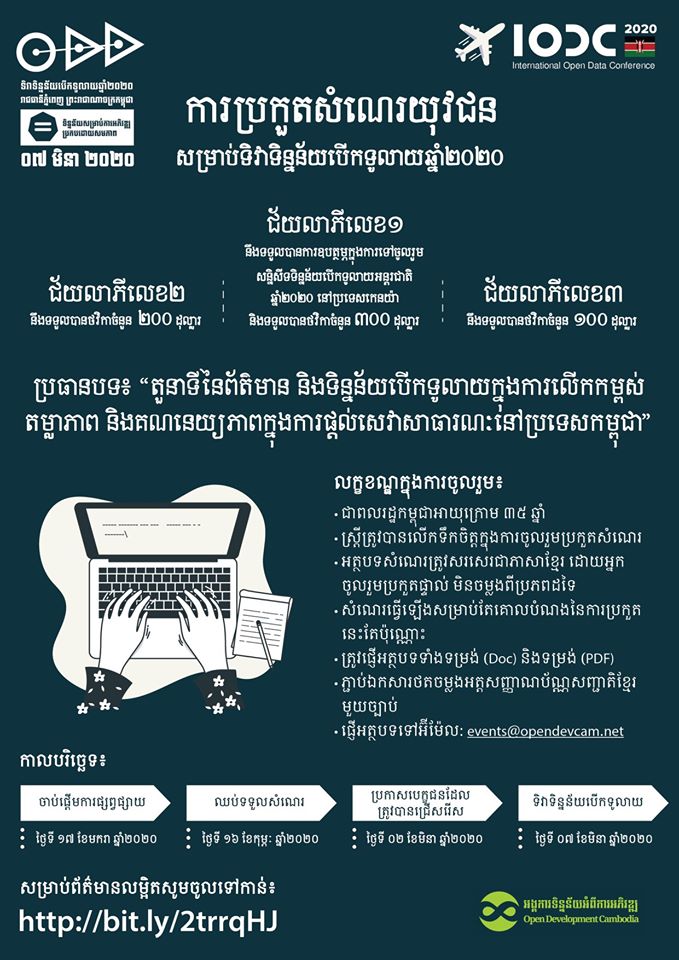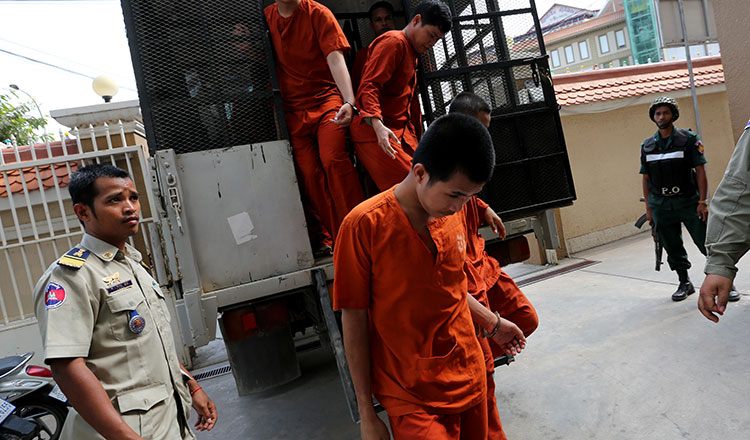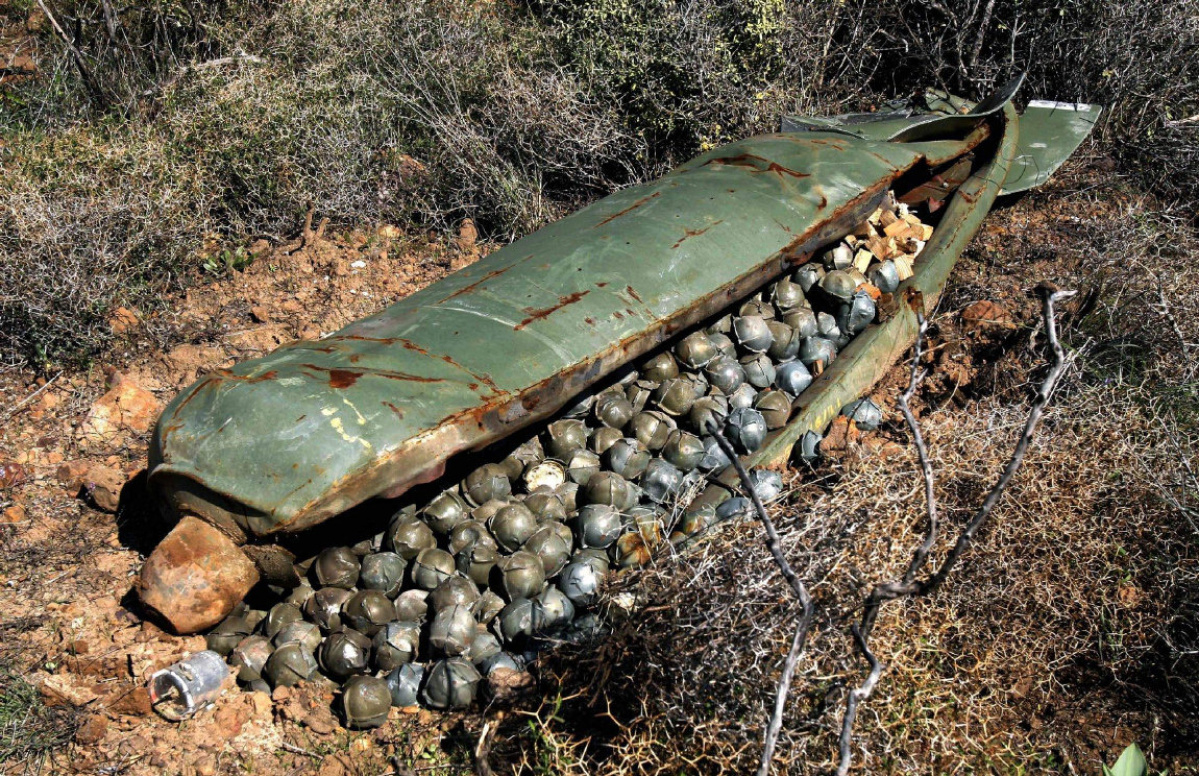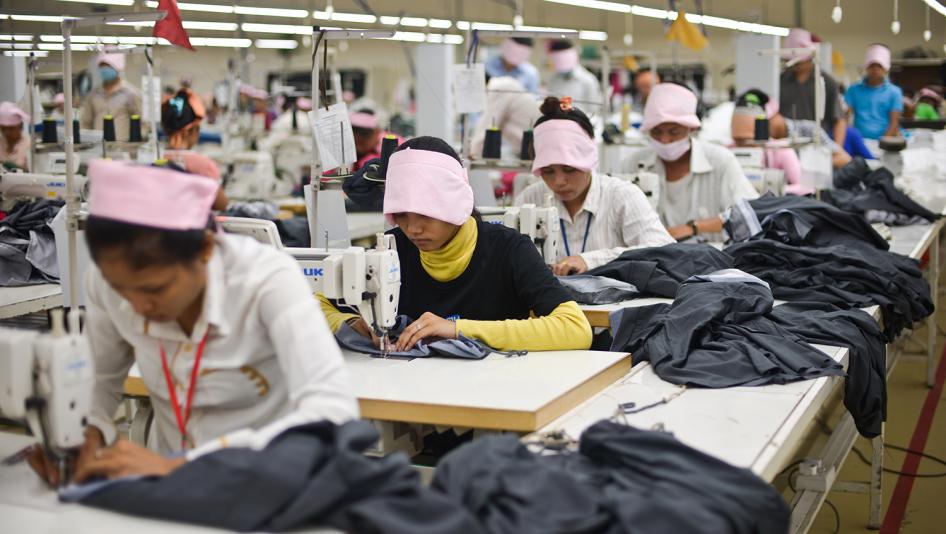New Route Planned to Support Trade Sector
Industry insiders in the logistics sector have applauded the government’s plan to construct a new strategic road across Banteay Meanchey province, connecting Battambang to Siem Reap. The route will also link with Pailin and Pursat, two provinces which border Thailand and ease of transportation will see trade levels increase.
Making the announcement during the 6th River Festival in Battambang, Prime Minister Hun Sen said that the new direct route will shave off 69 kilometers on the existing network of roads while creating a crucial transportation link between the two countries. The government said it will seek financial assistance for the project, which has been slated for 2021. Sin Chanthy, president of the Cambodia Freight Forwarders Association, welcomed the news, saying infrastructure development, particularly road projects, will promote investment activity, while it will also help boost trade along the border.
“It will encourage more companies to expand and invest in the areas,” he said.
Sin added that Thailand-based Japanese firms will likely look at more business opportunities, in keeping with the Thailand-Plus-One policy, to expand their supply chain in Cambodia.
Thailand-Plus-One is a business model in which Japanese firms maximize revenue by expanding their existing supply chain network in Thailand towards Cambodia, Laos, and Myanmar. The Toyota Group is a prime example of the strategy in practice because it is shifting labor-intensive auto parts manufacturing to these countries.
The government has recently inaugurated the National Road 55, a 182 km route in Pursat province, which reaches the Thai border. Additionally, a new highway – National Road 10 – from Battambang to Koh Kong province is now under construction and it is expected to be completed by December 2023.
Investment on the198 km route, which is expected to cost about $188 million, will be co-funded by the Chinese government and Cambodia.
Transport Minister Sun Chanthol said both Nation Road 10 and 55 will serve as an economic corridor for Cambodia, enabling faster transport connectivity between the provinces of Pursat, Battambang and Koh Kong.
“The routes will also help foster integration in the region and, more importantly, they will promote trade, investment, and tourism flow,” Sun said.
The PM recently called for the development of more special economic zones, particularly with Vietnam and Thailand.
Poipet PP Special Economic Zone, owned by Phnom Penh SEZ Plc, officially began its own operations in December. However, there are currently congestion problems along the Poipet border. The industrial park, located about eight kilometers east of Poipet City in Banteay Meanchey province on the border with Thailand, is an important hub along the Hoh Chi Minh-Phnom Penh-Siem Reap-Bangkok route because it is strategically located with direct access to National Road 5.
Hiroshi Uematsu, director of Poipet PPSEZ Co Ltd, said: “Even if Cambodia will make more nice roads”, the country still cannot maximize the merit if the “border is too congested”. Uematsu was referring to the Poipet cross-border checkpoint between Thailand and Cambodia, which is experiencing congestion, while the new international border gate Stung Bot-Ban Nong Ian is yet to become operational. “From the viewpoint of Poipet PPSEZ, the opening of new border gate in Stung Bot is more critical,” he wrote in an email to Khmer Times. “Stung Bot’s new gate will attract more Japanese manufacturers, as far as it will speed up Customs formality at the border and reduce the logistics cost. We work hard to attract higher value-added manufacturers in Poipet,” he added. The matter reflects a recommendation submitted by Japanese businesses regarding business in the country. They want a new border gate for exclusive cargo use to ensure faster processing.
Khmer Times


